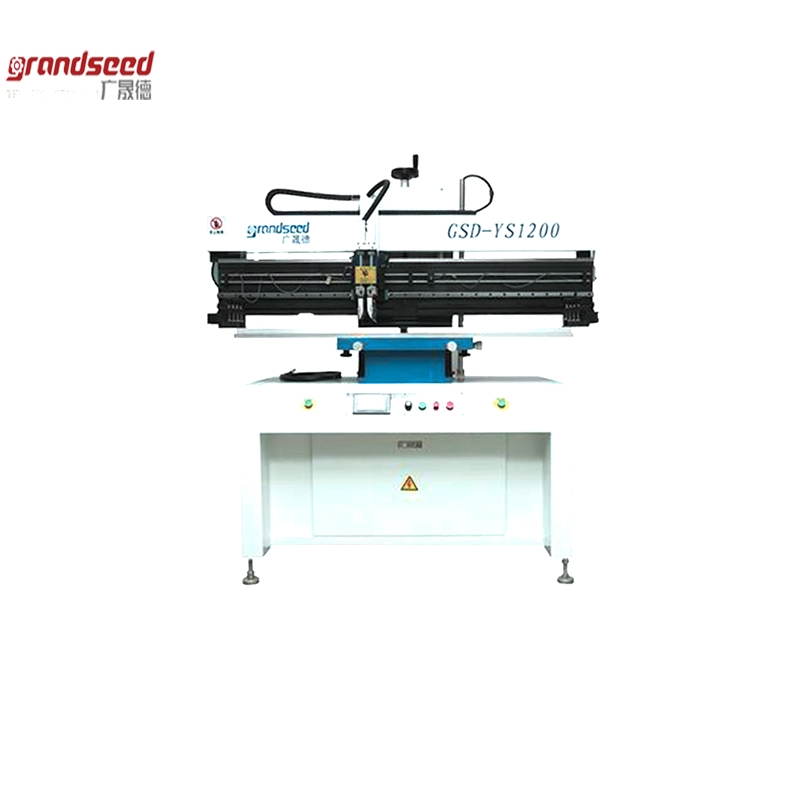Unleashing Wave Soldering Potential: Strategies with Reflow Ovens

Ever wondered how Wave Soldering and Reflow Ovens work? Two of the most essential tools we use to build electronics, such as computers and smartphones. With that, here are some tools to explore and what tasks they help with on the manufacturing side.
What are Reflow Ovens?
One of the things reflow ovens do best is putting electronic parts on Printed Circuit Boards, or PCBs for short. Just like the way your body is built around a backbone, PCBs help support all these little parts and form connections between them to make everything work in unison. Solder is a special paste melted using heat with the help of hot air reflow ovens. The electronic components are then added and secured to the board with this super sticky solder paste. The reflow oven has evolved a lot over time. A new type very exciting is the vacuum reflow oven. This version creates stronger bonding connections since it eliminates air from the process, that way improves solder joints. One other improvement we have seen is the practical and widespread use of convection heat. The source of the hot air is to heat up everything equally and make sure that all the solder paste melts properly.
What is Wave Soldering?
Alright, wave soldering coming up. This is a second way of connecting something to solder on infrared reflow oven. Wave Soldering: Controlled Wave of hot molten solder flows over the board where electronic components are already placed. Hot solder is essentially a wave that flows across the PCB, binding parts readio ated. As good as wave soldering is, it does provide value to many situations; however lets understand that it may not fit your parts. If those are too expensive, take gentle notes components can only handle so much heat and exposure before they meet an untimely demise.
Wave Soldering Reflow Ovens Collaborative Work
Reflow ovens can wave solder together to create the perfect marriage of electronics manufacturing process. One example of this is with PCBs, as some parts need to go through the holes in board and others sit on top, so manufacturers can utilize both tactics. Wave soldering for throughhole parts and reflow ovens to attach Surface Mount Technology (SMT) components. Because these pads are used for top and bottom layers which make an epoxy seal between all the parts, this teamwork guarantees that every part is attached on PCB properly.
Improving Wave Soldering with Reflow Ovens
There are many ways to get great PCBs designed and produced, other than using the wave soldering so commonly seen in modern electronics design; designers can combine their work with reflow ovens produce an even better result Together, these two methods help designers fit more electronics on a single board. That helps to drive down the overall cost of electronics. The marrying of these two techniques infrared reflow soldering makes the manufacturing process faster it helps in enhancing the clarity of how fragments are attached to the boardkeeping every step at right place.
Wave Soldering and Reflow Ovens are two indispensable tools in electronics manufacturing. These can be used together and on their own for faster or better results. Reflow ovens have advanced rapidly in recent years, and they can be very effective when used to complement wave soldering methods for a better mounting of parts on the boards.
Comments
Post a Comment